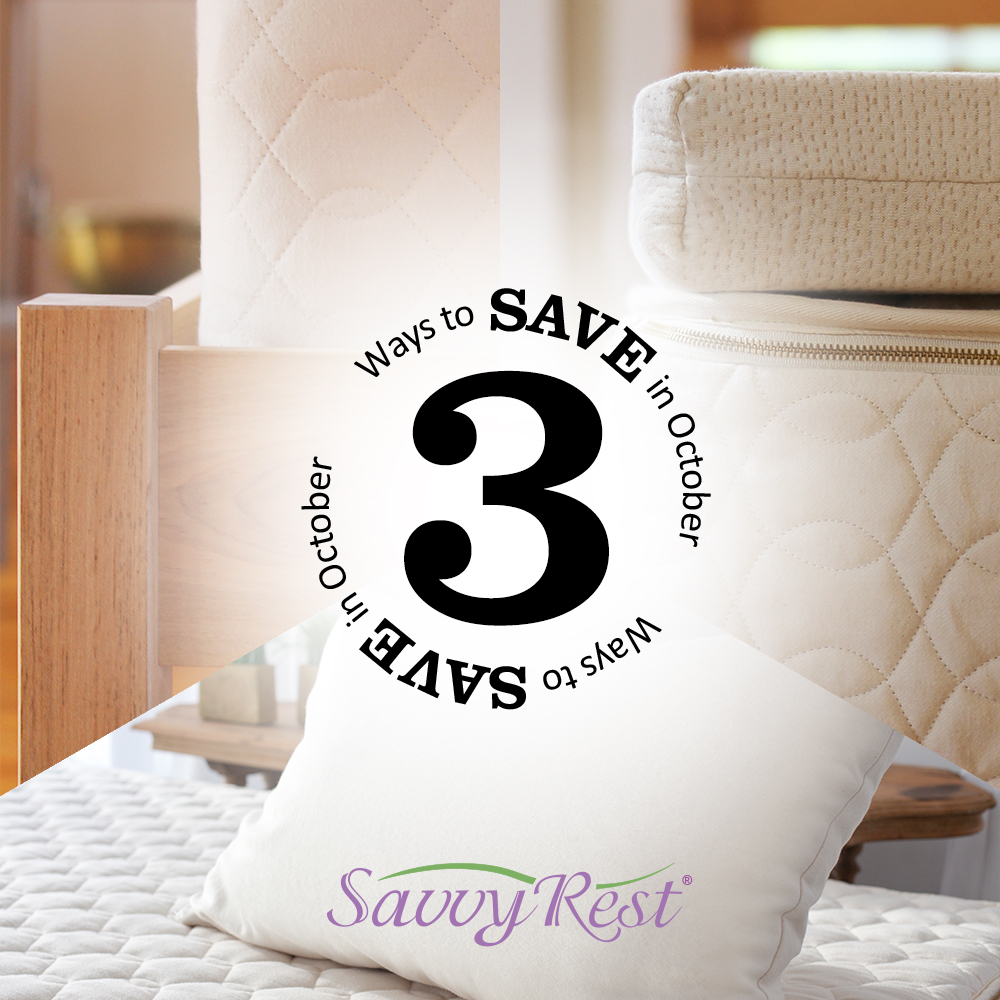What You Need to Know Before Buying a Latex Mattress
If you’re interested in buying natural latex mattresses but don’t exactly know where to start, here is the basic information you’ll need to know.
It’s Not Pure Latex
Even if someone sells a mattress as “100% latex” it’s not technically true. The natural sap from the rubber tree has to be processed in order to be able to form latex layers or cores for the mattress. If the sap was processed at 100%, it would be to thick to form the natural layers in the beds. The manufacturing process involves adding a few minor additives which is why the actual percentage is between 95-97% latex. Many bedding companies use blended latex, where they use only 5% of natural latex and the remaining is petroleum based foam. In the process they increase the margins and profits by misleading you the customer.
If you’re in the market for truly natural rubber then the less than 5% that isn’t latex should have no bearing on the comfort or quality of the mattress when you compare it with synthetic or blended foams.
How Long Will it Last?
This depends on the manufacturer but natural latex mattresses have a considerably long life. If you buy high-quality, natural latex mattresses and take care of it you could have the mattress for up to 30 years and still get a good night’s rest. The average traditional coil spring mattress usually lasts six to ten years. So at the end of the day, any additional cost or hassle associated with a latex mattress is well worth it considering how much longer they last.
Rubber Isn’t Easy to Get
You might think that because the sap from the rubber tree comes from a tree that it’s simple to process but rubber trees only grow within 10 degrees of the equator, making the supply rather limited. Another limitation on harvesting rubber is the weather. Rubber trees can only be sliced during the dry season – which only adds up to 180 days out of the year.
How Rubber is Harvested
The rubber tree is sliced at an angle, about three feet long, allowing the serum to run into a holding container. After an hour or so the serum stops flowing and the tree eventually heals. It’s interesting to note, when the serum is harvested more than half of it is water.
 How Latex Rubber is Processed
How Latex Rubber is Processed
In order to prevent the serum from coagulating before it can be processed most companies add ammonia, which eventually washes out as it is processed. The rubber serum is then whipped in a centrifuge to separate the elements and concentrate the rubber to be used. The final step involves washing the latex through water and squeezing the excess out using metal rollers.
Pros to Sleeping on Latex
Most foam mattresses “sleep hot” which means they absorb your body heat while you sleep, making you warmer. A latex mattress allows air to circulate which creates a cooler and more comfortable sleeping arrangement and the night’s sleep you’ve been looking for. Traditional mattresses will sag with use and time but because of the resilient material, latex mattresses are less prone to sagging providing you with a better night’s sleep. Latex mattresses are also great for relief on your pressure points while providing enough support for your back and joints. Because the latex material absorbs motion it makes it the ideal mattress for sharing. This way, everyone has uninterrupted sleep.
Take a look around www.naturalmattressvt.com to see our wide selection of latex mattresses. Call us at 802-985-2650 with questions you may have.








